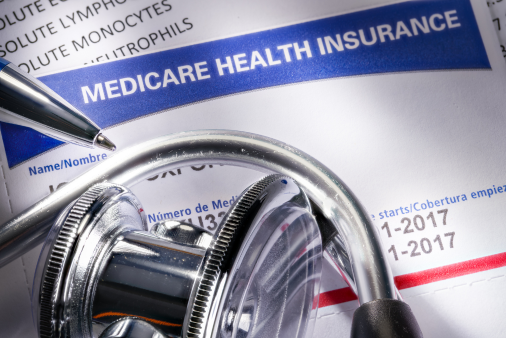The Food and Drug Administration (FDA) recently issued a draft guidance titled “Expansion of the Abbreviated 510(k) Program: Demonstrating Substantial Equivalence through Performance Criteria.” The guidance is a response to Congress’ direction to the FDA to impose the least burdensome information requirements on medical device manufacturers seeking clearance to market their devices. The draft guidance states that it “expands the potential use of the Abbreviated 510(k) program by explaining how substantial equivalence for certain device types may be demonstrated in a way that is less burdensome but at least as robust,” i.e., by reliance on performance criteria.
Instead of reviewing data from direct comparison testing between the proposed device and a predicate device, the FDA states that it could support a finding of substantial equivalence based on data showing the new device meets or exceeds the level of performance of appropriate predicate device(s). Under the proposed approach, a submitter could satisfy the requirement to compare its device with a legally marketed device by, among other things, demonstrating conformance to objective performance criteria established in FDA guidance, FDA-recognized consensus standards, and/or special controls.
The draft guidance states that the use of performance criteria will only be appropriate when the FDA has determined that (1) the new device has indications for use and technological characteristics that do not raise different questions of safety and effectiveness than the identified predicate, (2) the performance criteria align with the performance of one or more legally marketed devices of the same type as the new device, and (3) the new device meets the performance criteria. All performance criteria for use of the Expanded Abbreviated 510(k) program will be publicized through FDA guidance developed for purposes of this program, which may reference FDA- recognized consensus standards and special controls.
The FDA will provide information about the types of devices to which the performance criteria would apply in future draft guidance documents that will establish the performance criteria. The guidance may include information such as the relevant product code, appropriate intended uses, appropriate indications for use, and expectations for technological characteristics.
According to the draft guidance, the FDA intends to maintain a list of device types appropriate for the Expanded Abbreviated 510(k) program on its website, accompanied by the guidance documents that identify the performance criteria for each device type, as well as the testing methods recommended in the guidances where feasible, and any other relevant information. These guidance documents may reference consensus standards, or portions of consensus standards, recognized by the FDA, as well as special controls established for that device type.
To support an FDA finding of substantial equivalence through this program, the FDA expects a submitter to demonstrate that the new device meets FDA-identified performance criteria by submitting a declaration of conformity, a summary of the data, and/or underlying data, as appropriate and as further explained in the draft guidance.
The draft guidance notes that direct comparison of a new device with a legally marketed device remains available under a Traditional 510(k).
For more information, please contact the Barnes & Thornburg LLP attorney with whom you work or Lynn Tyler, the chair of the firm’s Food, Drug and Device Practice Group, at lynn.tyler@btlaw.com or 317-231-7392.
© 2018 Barnes & Thornburg LLP. All Rights Reserved. This page, and all information on it, is proprietary and the property of Barnes & Thornburg LLP. It may not be reproduced, in any form, without the express written consent of Barnes & Thornburg LLP.
This Barnes & Thornburg LLP publication should not be construed as legal advice or legal opinion on any specific facts or circumstances. The contents are intended for general informational purposes only, and you are urged to consult your own lawyer on any specific legal questions you may have concerning your situation.
Visit us online at www.btlaw.com and follow us on Twitter @BTLawNews.













